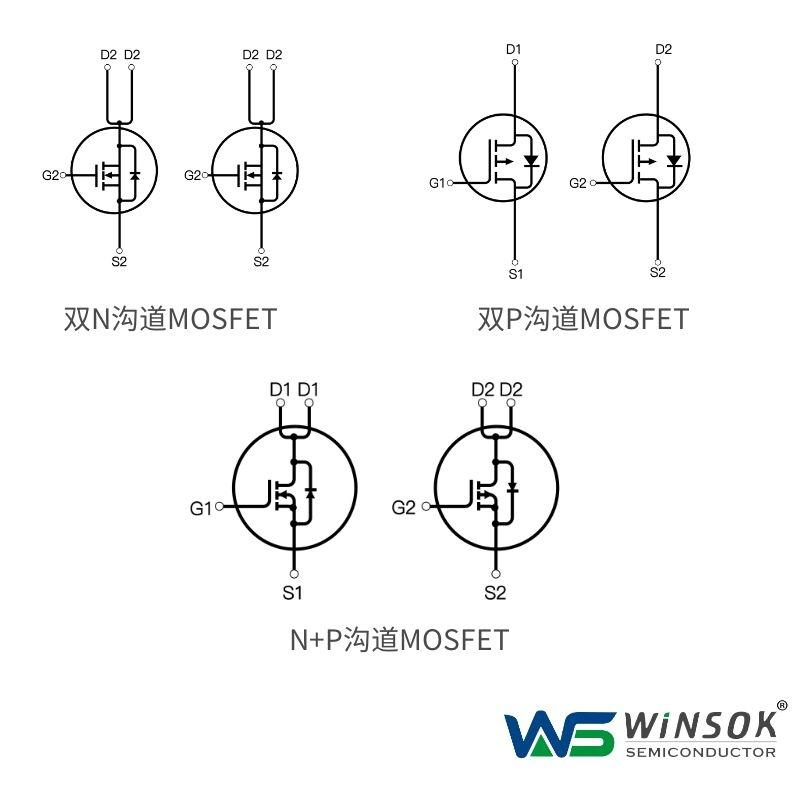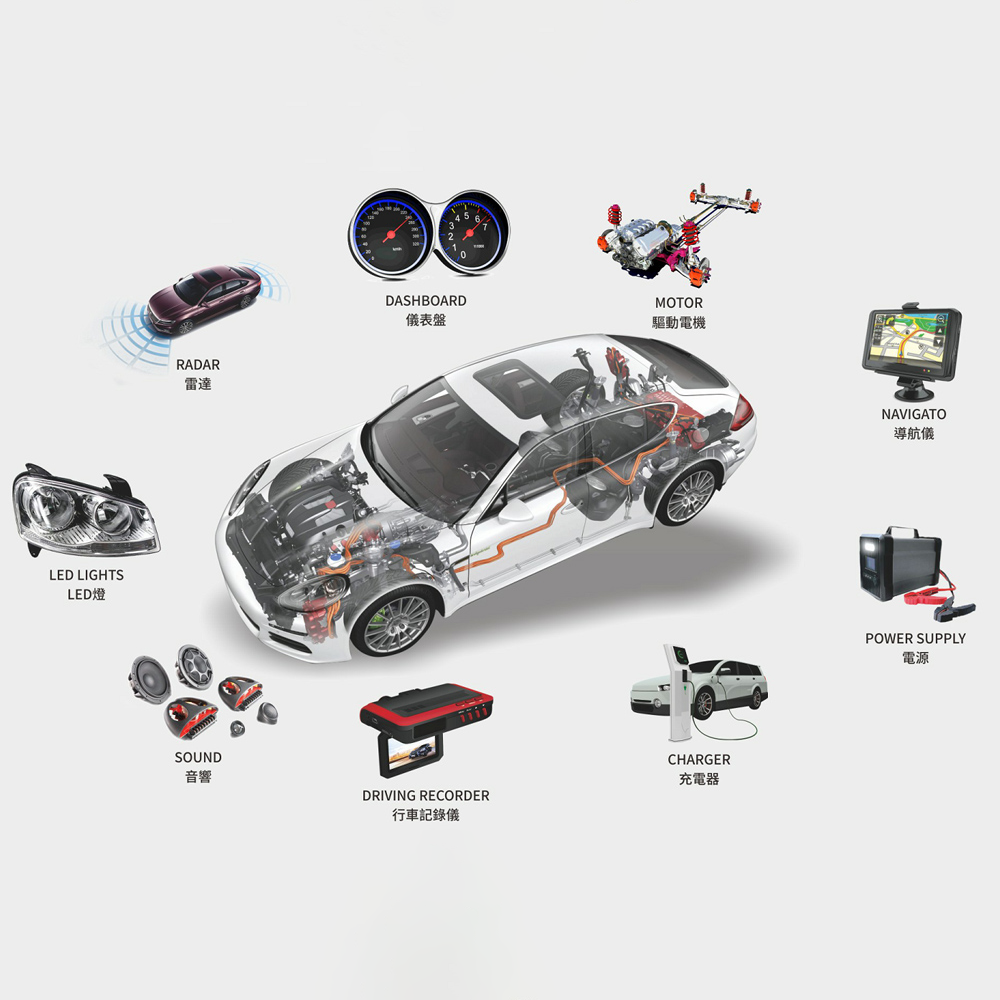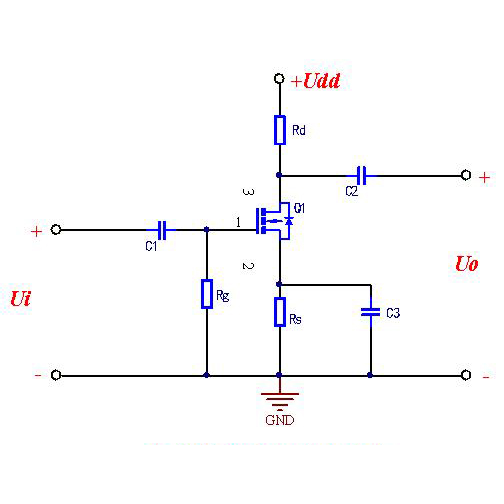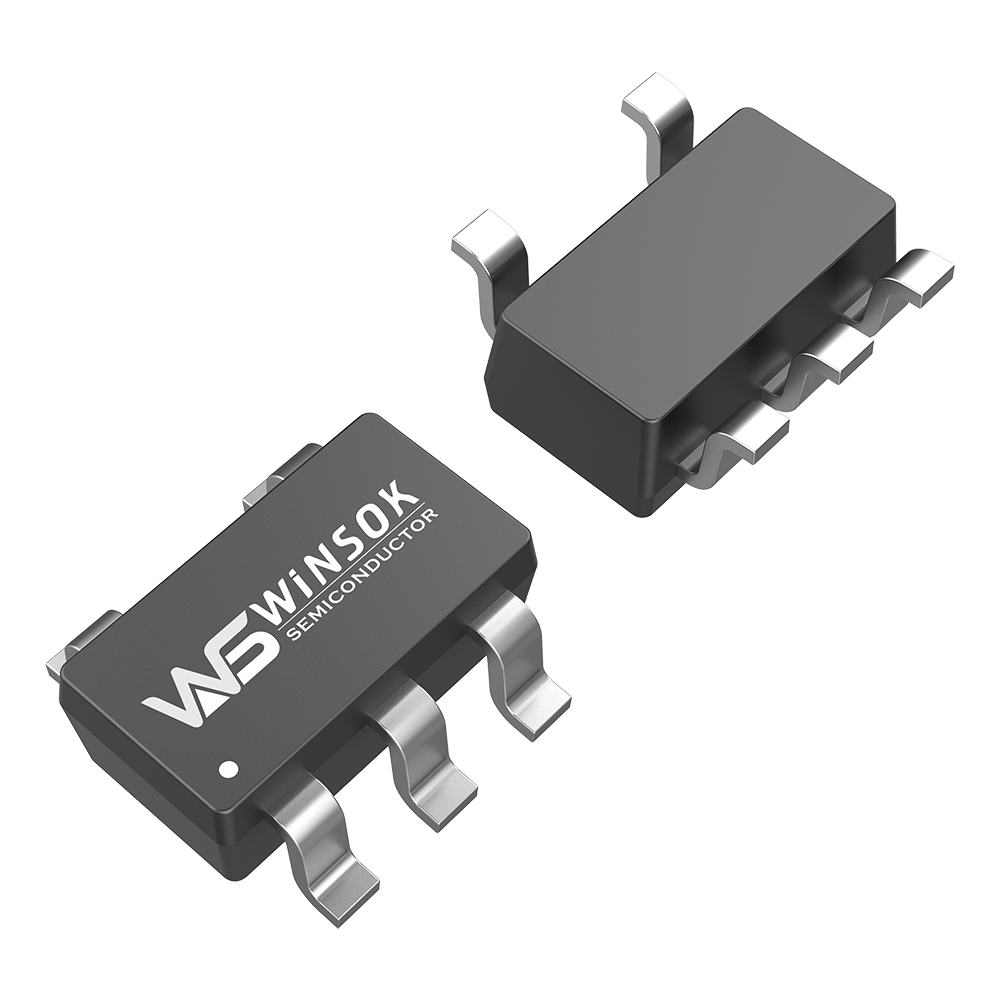MOSFETs (Metal Oxide Semiconductor Field Effect Transistors) are called voltage controlled devices mainly because their operation principle relies mainly on the control of the gate voltage (Vgs) over the drain current (Id), rather than relying on the current to control it, as is the case with bipolar transistors (such as BJTs). The following is a detailed explanation of the MOSFET as a voltage controlled device:
Working Principle
Gate Voltage Control: The heart of a MOSFET lies in the structure between its gate, source and drain, and an insulating layer (usually silicon dioxide) beneath the gate. When a voltage is applied to the gate, an electric field is created underneath the insulating layer, and this field changes the conductivity of the area between the source and drain.
Conductive Channel Formation: For N-channel MOSFETs, when the gate voltage Vgs is high enough (above a specific value called the threshold voltage Vt), electrons in the P-type substrate below the gate are attracted to the underside of the insulating layer, forming an N-type conductive channel that allows conductivity between the source and drain. Conversely, if Vgs is lower than Vt, the conducting channel is not formed and the MOSFET is at cutoff.
Drain current control: the size of the drain current Id is mainly controlled by the gate voltage Vgs. The higher the Vgs, the wider the conducting channel is formed, and the larger the drain current Id. This relationship allows the MOSFET to act as a voltage controlled current device.
Piezo Characterization Advantages
High Input Impedance: The input impedance of the MOSFET is very high due to the isolation of the gate and the source-drain region by an insulating layer, and the gate current is almost zero, which makes it useful in circuits where high input impedance is required.
Low Noise: MOSFETs generate relatively low noise during operation, largely due to their high input impedance and unipolar carrier conduction mechanism.
Fast switching speed: Since MOSFETs are voltage-controlled devices, their switching speed is usually faster than that of bipolar transistors, which have to go through the process of charge storage and release during switching.
Low Power Consumption: In the on state, the drain-source resistance (RDS(on)) of the MOSFET is relatively low, which helps to reduce power consumption. Also, in the cutoff state, the static power consumption is very low because the gate current is almost zero.
In summary, MOSFETs are called voltage-controlled devices because their operating principle relies heavily on the control of the drain current by the gate voltage. This voltage-controlled characteristic makes MOSFETs promising for a wide range of applications in electronic circuits, especially where high input impedance, low noise, fast switching speed and low power consumption are required.



























